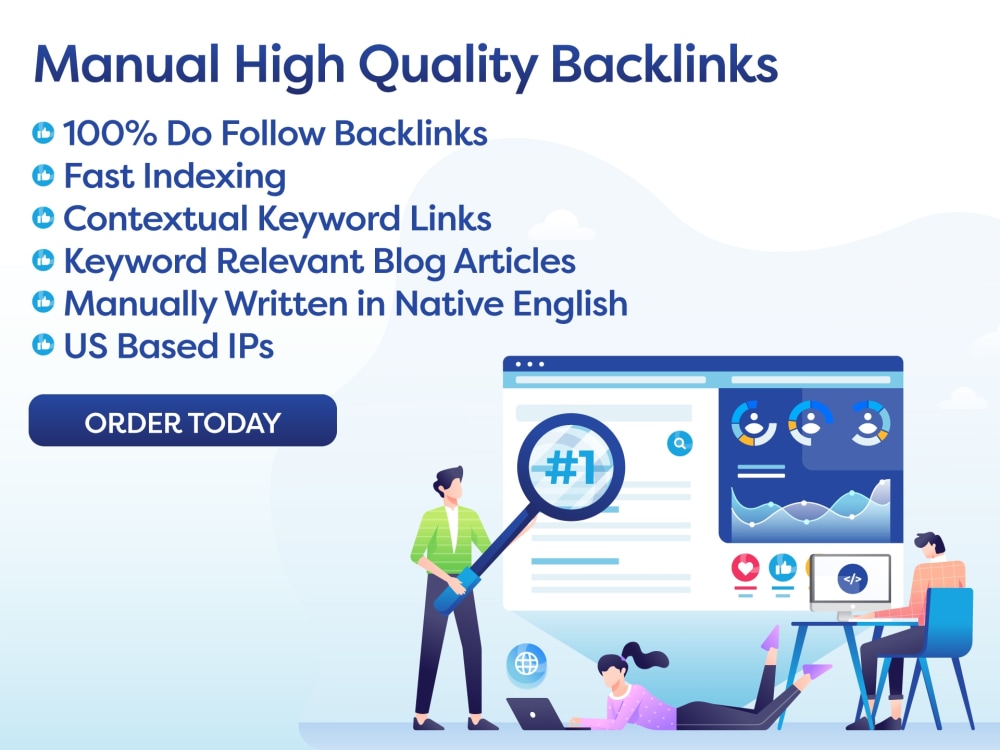Page Speed Optimization: Quick Wins
Introduction
In today’s fast-paced digital world, speed is of the essence. This is especially true when it comes to website loading times. With attention spans decreasing and competition increasing, having a slow website can lead to a significant loss in potential customers and revenue. In fact, studies have shown that a one-second delay in page load time can result in a 7% decrease in conversions. This is where page speed optimization comes into play.
What is Page Speed Optimization?
Page speed optimization refers to the process of improving the loading speed of a website. It involves various techniques and strategies that aim to reduce the time it takes for a webpage to fully display its content. These techniques not only improve user experience but also have a positive impact on search engine rankings.
The Importance of Page Speed Optimization
As mentioned earlier, a slow website can have a significant impact on your business. Here are some reasons why page speed optimization is crucial:
1. Improved User Experience
In today’s fast-paced world, users expect websites to load quickly. If a webpage takes too long to load, users are likely to abandon it and move on to a competitor’s site. This not only leads to a loss in potential customers but also creates a negative impression of your brand.
2. Higher Search Engine Rankings
Search engines, such as Google, consider page speed as one of the ranking factors. A faster loading website is more likely to rank higher in search results, leading to increased visibility and traffic.
3. Increased Conversions
A faster website not only improves user experience but also increases the chances of conversions. Users are more likely to make a purchase or complete a desired action if a website loads quickly and smoothly.
Quick Wins for Page Speed Optimization
Now that we understand the importance of page speed optimization, let’s look at some quick wins that can help improve your website’s loading time.
1. Optimize Image Sizes
Large images can significantly slow down a website’s loading time. It is essential to optimize images by reducing their file size without compromising on quality. This can be done by using image optimization tools or simply resizing them to the required dimensions before uploading them to your website.
2. Minimize HTTP Requests
HTTP requests refer to the number of files that need to be loaded for a webpage to display. The more HTTP requests, the longer it takes for a webpage to load. Minimizing the number of HTTP requests by combining and compressing files, such as CSS and JavaScript, can significantly speed up your website.
3. Leverage Browser Caching
Browser caching allows a website to store certain files on a user’s device, such as images and CSS, for a specific period. This reduces the number of requests made to the server and speeds up the loading time for returning visitors.
4. Use a Content Delivery Network (CDN)
A CDN is a network of servers located in different geographical locations that store a website’s files. When a user visits your website, the CDN serves the files from the server closest to them, reducing the time it takes for the content to reach them.
5. Enable Gzip Compression
Gzip compression reduces the size of files sent from the server to the user’s browser, resulting in faster loading times. Enabling Gzip compression can be easily done through your website’s server settings.
Conclusion
In today’s digital landscape, having a fast loading website is essential for success. By implementing these quick wins for page speed optimization, you can significantly improve your website’s loading time, leading to improved user experience, higher search engine rankings, and increased conversions. So, don’t neglect the speed of your website and start optimizing today!

